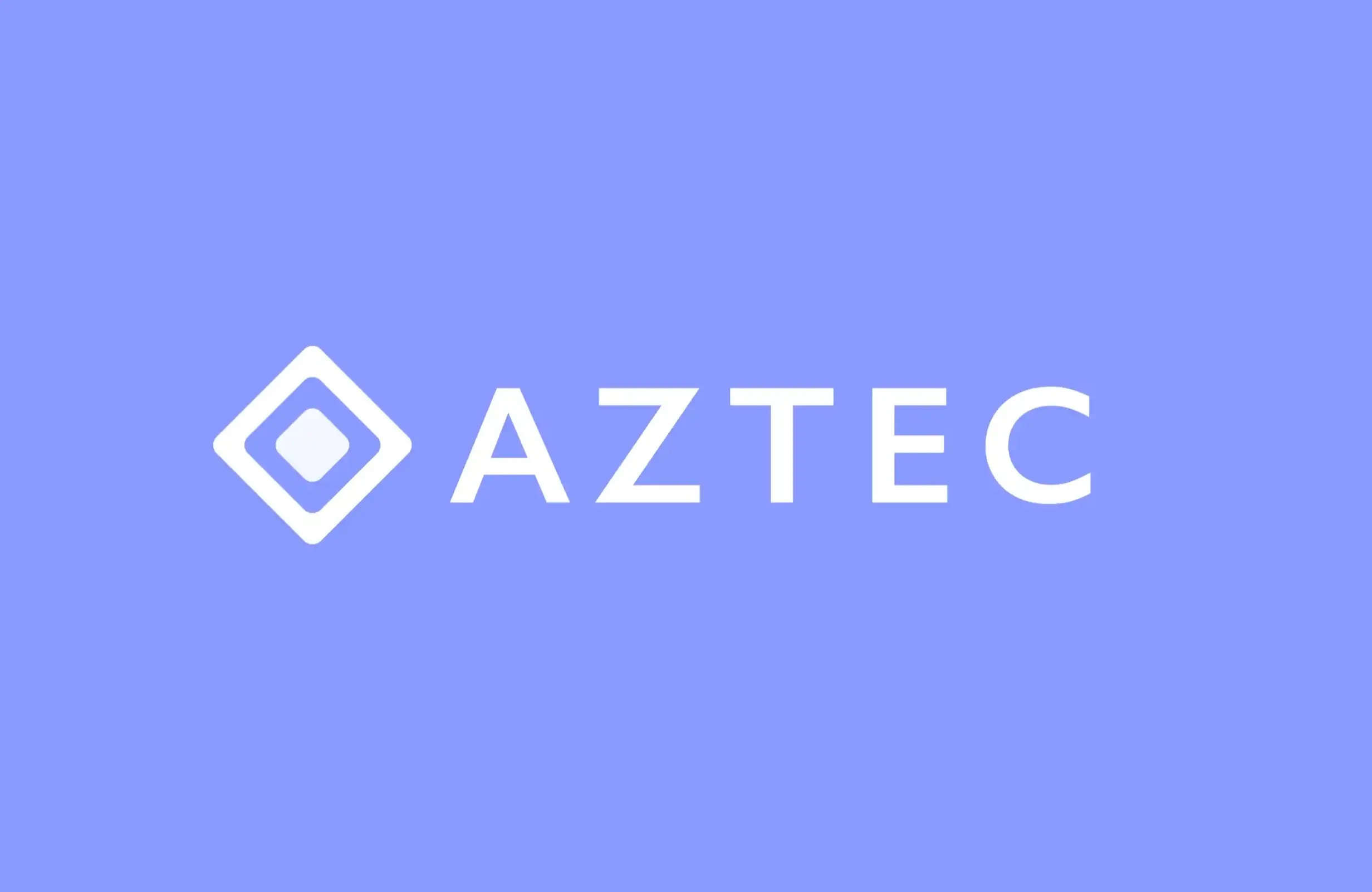5 DePIN projects you should pay attention to in the near future
Original title: "DePIN- A New Paradigm in Crypto"
Original author: Route 2 FI
Original compilation: Ladyfinger, Blockbeats
Editor's note:
In the current digital era, the concept of decentralized physical infrastructure network (DePIN) is causing more and more attention focus on. DePIN not only represents a new network architecture concept, but also provides a platform for innovation in storage, computing, artificial intelligence, wireless networks and other fields. Through the token incentive mechanism, DePIN stimulates users' enthusiasm to contribute and provide value to the network. At the same time, it shows obvious advantages in resource efficiency, lowering entry barriers, and decentralization.
Recently, several projects based on the DePIN concept have emerged, showing great potential and innovation in fields such as decentralized storage and computing. Projects such as Filecoin, Helium, Shadow Token and Aethir not only opened up new application scenarios, but also provided powerful case studies for the practical application and development of decentralized networks.

What is DePIN?
DePIN (Decentralized Physical Infrastructure Networks, decentralized physical infrastructure network) is a term proposed by Messari, which refers to those networks that aggregate and provide services to users or a network of resources that ultimately matches supply and demand for a specific resource. This concept covers a very broad category and can be divided into two categories: physical basic network and digital resource network. Under these two categories, it also includes storage, computing, artificial intelligence, wireless networks, imaging and map production and other fields. The DePIN protocol rewards and motivates users to contribute and provide value to the entire network through a token reward mechanism.
The DePIN protocol has advantages in several aspects:
1. Resource efficiency: it has future Providers that fully utilize resources can "rent" these resources to other consumers to ensure that idle resources are not wasted.
2. Lower the entry barrier: DePIN effectively lowers the entry barrier to obtain certain resources. For example, imagine if you need to perform a task using some specific GPUs, which are not readily available on the open market, users can easily "rent" computing power from a suitable provider without having to worry about purchasing components.
3. Decentralization: Users who use the service do not have to worry about the downtime faced by centralized entities.
According to data on CoinGecko, the market capitalization of the DePIN category witnessed a 35% growth in the space, showing its strong performance and room for future growth.

Reason for DePIN required
According to information from CoinGecko, DePIN allows facilities to grow capabilities in a more flexible way. Networks can add resources without increasing the capacity of each resource. This provides good flexibility and facilities built using this system can easily scale up or down based on demand. Blockchain can also control available resources and ration demand.
In situations of low demand, some providers may experience lower workloads. In high demand situations, the network can reactivate dormant resources, add more instances, and increase the capacity of the entire network without any changes. Depending on available dormant resources and DePIN's provisioning system, a system like this can be infinitely scalable.
Like DeFi, DePIN is also decentralizing the infrastructure system, shifting from enterprises to individuals collectively investing resources to build facilities. The system distributes control of the facility to different providers, similar to miners in a PoW network.
DePIN is like a DAO in the industry. Everyone in the system contributes resources and has relative control rights based on their abilities. In a system where every provider has equal capabilities, DePIN becomes a decentralized system or almost decentralized.
DePIN’s pricing model is different compared to traditional facilities. Factors affecting pricing models include private providers' costs of operating their respective facilities and other network-related factors. The additional charges for the platform may be less as it does not cost the platform itself anything to provide these facilities.
Overall, DePIN’s pricing model is expected to be cheaper and pricing is expected to be fair as it takes into account fundamental factors and there are no unfair prices Bloat, which is often associated with facilities operated by centralized agencies. For a system driven by people, DePIN is also more likely to have affordability in mind in its pricing model, rather than as a business.
DePIN networks cost almost nothing to set up and providers have great flexibility in offering services. For example, a provider can submit its facilities to multiple networks. Users also pay fair prices for the services they receive from the network. DePIN aims to provide the best possible service at the lowest possible cost, providing a cost-effective system.
Anyone can contribute their resources to DePIN. On the user side, anyone can also access the services provided by DePIN. There is no price haggling or user screening for these services. Once a provider has the required infrastructure, they can run a provider-side account on DePIN, just like anyone can deploy a liquidity pool on a DEX or easily obtain a loan from the money market.
Incentives are an important tool for DePIN. For providers, they offer a passive or active income opportunity depending on how DePIN works. Individuals can also build income streams primarily from DePIN. Projects like Nunet hope to reduce the amount of dormant computing resources through its AI-powered marketplace for computing power. Providers can earn revenue from facilities that would otherwise go unused.
DePIN Project
Filecoin ($FIL)

Filecoin is widely known as a decentralized storage layer that allows any People store data in a decentralized manner (also known as Web3's "Dropbox"). It is built on a proprietary file system (IPFS), incentivizing data storage providers to ensure that data is securely stored and retrievable. Filecoin provides an open marketplace for anyone who wants to store files or get paid for storing other users’ files. Filecoin has been actively used by users, this is a snapshot of the data currently stored on Filecoin:

In addition, the Filecoin blockchain supports smart contracts through the Filecoin Virtual Machine (FVM) introduced on March 14, 2023. FVM allows smart contracts to be deployed on the Filecoin network, similar to smart contracts on Ethereum. With FVM, computational logic conditions can be combined with traditional Filecoin storage and retrieval, which opens up many potential use cases.
Filecoin remains the market leader when it comes to long-term data storage. Coupled with its innovations, Filecoin remains a powerhouse in the decentralized storage space.
Helium ($HNT)

Helium is a decentralized wireless infrastructure network powered by Solana. It started as an Internet of Things (IoT) network that provides connectivity to IoT devices using the Low Range Wide Area Network (LoRaWAN) protocol. It later expanded to 5G hotspots, where the Helium 5G network is powered by user-operated nodes. Node operators are compensated by providing resources to the network in exchange for tokens.
An interesting real-world use case for helium is Helium Mobile, a network provider in the United States that provides node, it will be used. As long as there are Helium nodes within range, the mobile network will utilize these Helium nodes.

Shadow Token ($SHDW )

Shadow Token of GenesysGo , often referred to as “Solana’s Filecoin,” is a cloud storage platform designed to decentralize traditional cloud storage stacks. shdwDrive achieves this goal through DAGGER, the core of shdwDrive’s distributed ledger technology, allowing them to reduce the cost of enterprise-grade data center storage.
Combining DAGGER’s consensus mechanism and Solana’s execution environment, shdwDrive becomes a powerful cloud service platform, paving the way for a range of file storage applications.
Shadow Token already has its own native token - $SHDW, and the current FDV is approximately $378.5 million. An upcoming catalyst for the coin is the recently announced Coinbase listing. Currently, users can only purchase the token on the Solana chain, but once the token is listed on a centralized exchange, more retail funds will flow into the token.

Following this news, the price of SHDW USD has risen by about 55% in the past 24 hours, from $1.35 to $2.49.

Aethir ($ATH)
Aethir Cloud is a new cloud computing protocol entrant into the market that will be a new competitor to the current decentralized computing giants such as Render and Akash. Aethir is a decentralized platform that is an aggregator of computing processing power. Aethir connects providers of this computing power with users and consumers who need to use GPU hardware for different applications such as AI, ML, and cloud gaming.

The Aethir network consists of three parts:
1. Containers
2. Checkers
3. Indexers
A brief description of these components is as follows:
1. Containers are virtual endpoints that perform and render actual work. The workload of local devices is transferred to the container, providing users with a "zero latency" experience
2. Checkers can be regarded as "referees" who supervise the Container to ensure the quality of service provided by the network
3. Indexes are the mechanism for matching the appropriate Container according to the consumer's request, with the goal of delivering the service in the shortest possible time

Aethir Cloud is backed by well-known investors such as Maelstrom, Mirana Ventures, and Animoca Brands. They also raised a huge amount of more than $9 million in the latest Pre-Series A round of financing at a valuation of $150 million. In addition, Aethir also held a node sale event for its Checker nodes, raising more than 26.8k ETH.
Grass
Grass is a layer 2 dataset that uses web scraping nodes to fetch AI training data from different websites for builders to access. Grass has been gaining a lot of attention lately as users are running Grass applications and becoming Grass nodes in anticipation of airdrops.

Grass works by having devices around the world form a network of nodes that specialize in scraping and processing web data. This data is then transformed into a structured dataset for use in AI training.
The data and algorithms behind AI applications are often opaque, making it difficult for users to understand how the AI model reaches its conclusions. This lack of data transparency can cause AI models to be accidentally or intentionally trained with incorrect or biased data, which Grass can solve.
How does Grass solve these problems? This is where the second layer data Rollup technology becomes particularly important. Through this technology, all data captured by the Grass node will be recorded and the source website of the data will be verified. These metadata will then be stored in the data set, which increases the credibility of the data accuracy. Given the huge throughput required to process such a large amount of data, L2 uses ZK processors to perform batch verification of data.
Here is a detailed introduction to the Grass network architecture:

Grass is still running a points program for users who run nodes, as well as speculative airdrops. Grass's most recent financing was on December 20, when they raised $3.5 million in a seed round led by well-known investors such as Polychain Capital and Tribe Capital.
Welcome to join the official BlockBeats community:
Telegram Subscription Group: https://t.me/theblockbeats
Telegram Discussion Group: https://t.me/BlockBeats_App
Official Twitter Account: https://twitter.com/BlockBeatsAsia


 Forum
Forum Finance
Finance
 Specials
Specials
 On-chain Eco
On-chain Eco
 Entry
Entry
 Podcasts
Podcasts
 Activities
Activities









 0
0